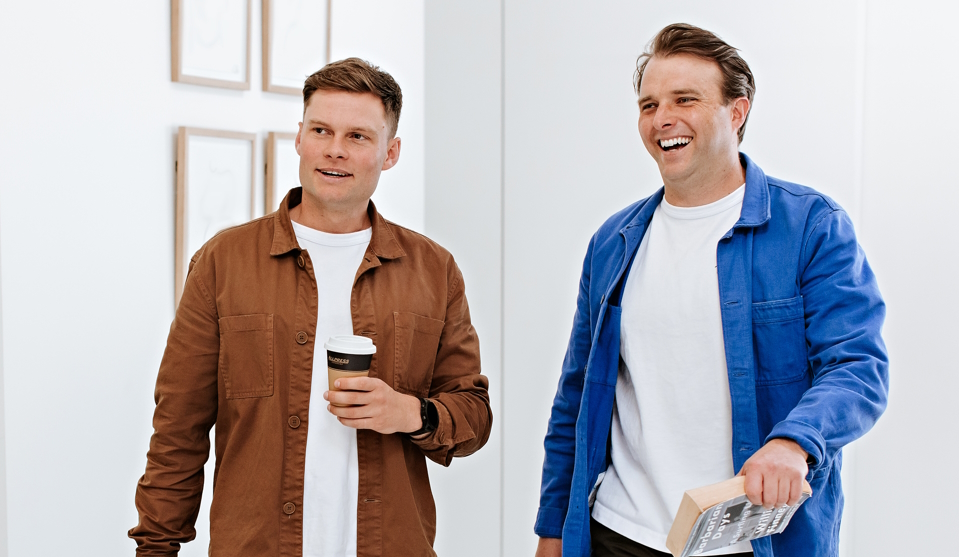Booze-free boom: Non-alcoholic brands gain popularity in Australia
- Written by Matt Herbert and Connor Archbold, Tracksuit's Co-CEOs and Co-Founders

If you’re starting to develop a liking for non-alcoholic drinks, it turns out you aren’t the only one. In the past six months, non-alcoholic drinks have been taking centre stage across Australia, with the hangover free booze option quickly becoming the drink of choice.
According to our latest Tracksuit brand tracking data, the number of Aussies opting for non-alcoholic beverages jumped by 1.2 million in the past six months — rising from 7.1 million in September 2022 to 8.3 million in March 2023.
This shift in drinking habits is fueling remarkable expansion of the alcohol free industry and it's showing no signs of slowing down. As a result, we’ve seen a range of new brands and labels pop up to meet consumer demand with companies including Heaps Normal, Big Drop and Lyre’s (to name a few) quickly becoming household names.
But as demand mounts up, so too does the competition. For brands looking to ride the ‘zero percent’ wave, or for those who sit on the opposite side of the fence with alcoholic beverages, understanding consumer sentiment is key to capitalising.
Generational change
If we break the consumer demographic down by age, it becomes clear that younger generations are the driving force behind the taste for zero alcohol.
Why? Well, it turns out young consumers simply perceive booze differently compared to older generations. Recent research from Google found that 70 per cent of Gen Z respondents think binge drinking is "very risky." What’s more, 41 per cent also associate alcohol with "vulnerability", "anxiety" and "abuse."
As such, young adults are much more likely to steer clear of drinking alcohol and instead order beverages that reduce the risk of ‘hangxiety’ and next day headaches. In fact, our own data shows that the majority (55%) of the Gen Z demographic in Australia are active non-alcoholic consumers.
Following alongside, is the millennial cohort which also has a 55 per cent consumer base. However, we start to see the popularity of booze free options taper off as we look at older age groups with 32 per cent of those aged 55-64 opting for these options. Only two-fifths of consumers aged 65 plus are exploring the trend.
Cultural and societal trends
There has also been a huge societal movement towards health and wellness, with many now beginning to weigh up whether a boozy night is worth the impact it can have on the body.
In today’s digitally enabled society, health information is more accessible than ever and the adoption of non-alcoholic drinks is certainly driven by those embracing healthier lifestyle choices. According to Melbourne based brewers, Brick Lane, the option of zero alcohol drinks correlates strongly to healthier lifestyle choices with nearly a third of people saying their reason for choosing non-alcoholic options was to be healthier. A further 63 per cent of people who exercise four or more times a week also said they would encourage family and friends to drink the alcohol free alternatives.
This lean towards mindfulness is also supported by the rising popularity of gluten-free and low-carb diets, which veer people away from drinking beverages that don’t fit dietary requirements like beer.
So, how can brands stand out?
With the industry becoming more and more competitive, marketers are faced with the challenge of building a compelling brand that is different to its competitors.
Once a good product is bottled and ready to be sold, it’s essential for marketers to address who their customer is and understand how they can be targeted. Addressing their psychographics and demographics will allow marketers to understand how their drink can seamlessly fit into their customers lives.
As industry growth is set to keep going, here at Tracksuit we’re expecting the ‘target consumer’ to become more broad, product offerings to increase, and for marketing strategies to evolve alongside this category development.
The next ten years will be interesting to watch as Australian brands continue to thrive in this sector. However, the key to continued success is to keep your pulse on the trends that are shaping consumer choices.







